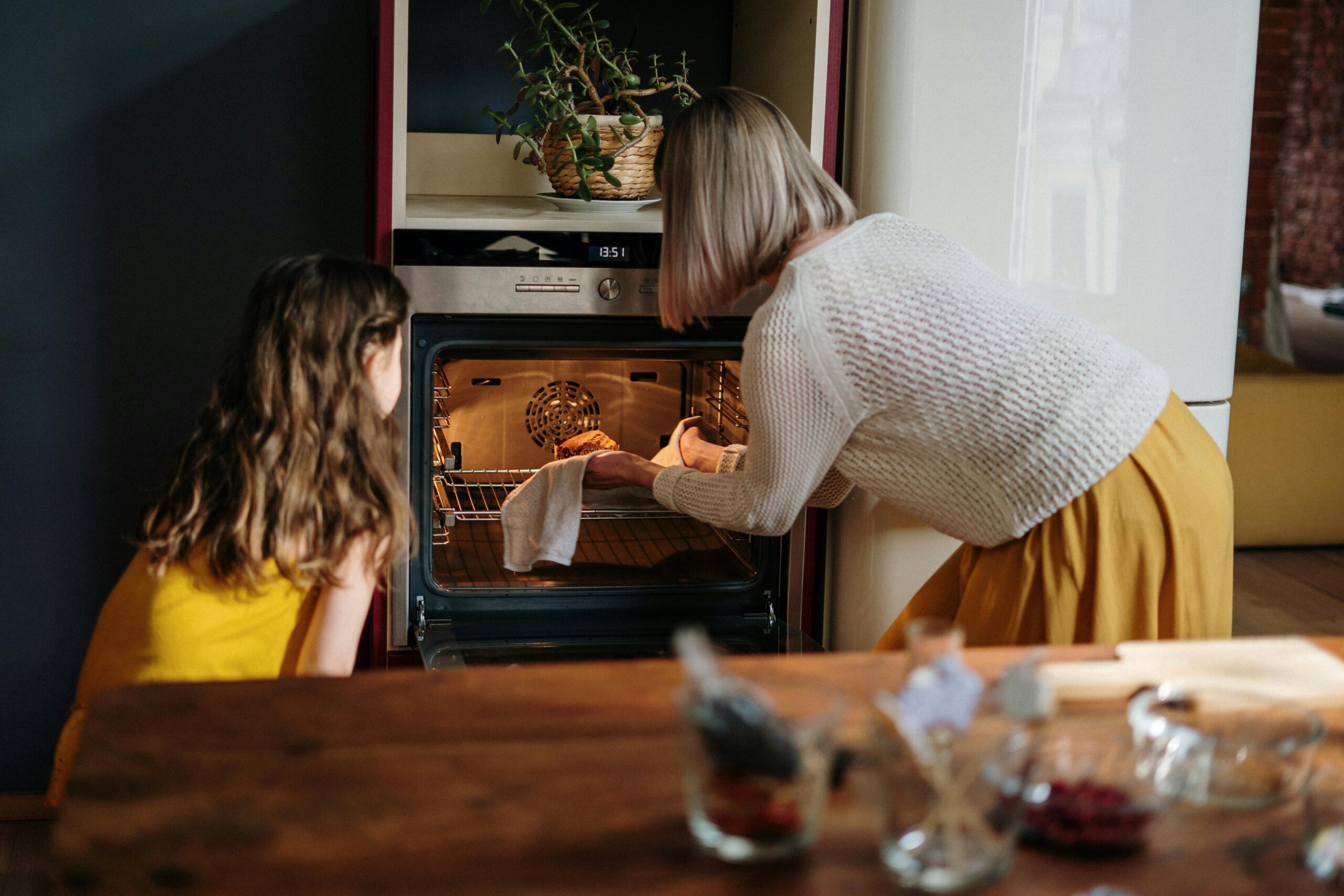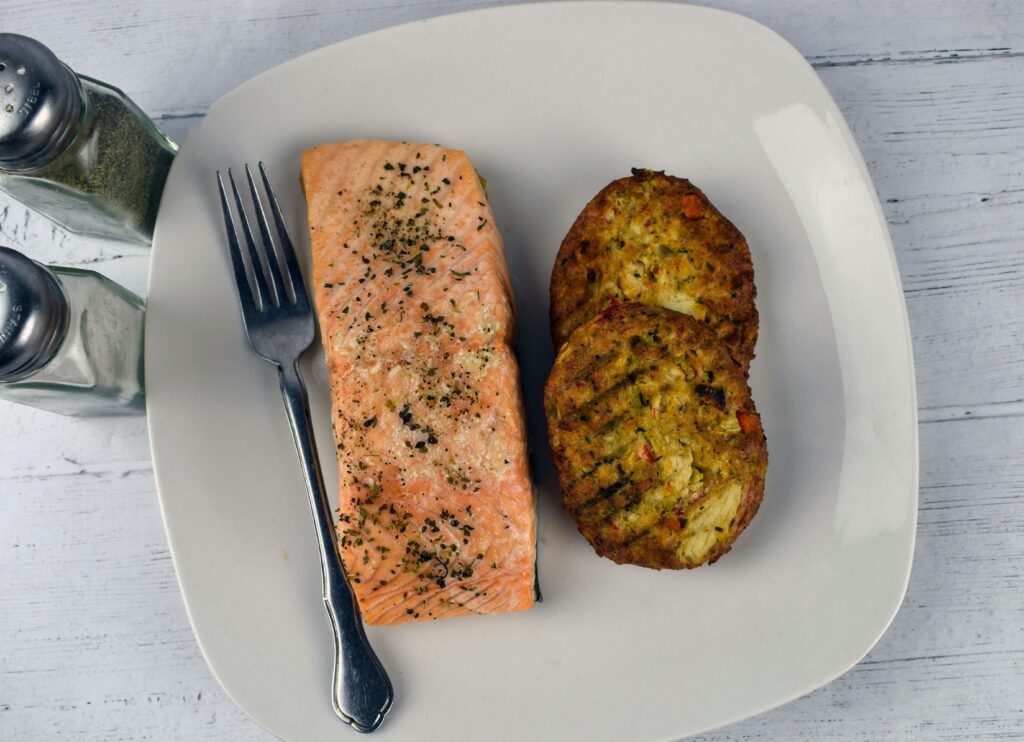50 Classic Southern Sayings and What They Really Mean


Baking salmon is a culinary art that combines simplicity with flavor, making it an ideal choice for home cooks, seafood enthusiasts, and those pursuing a healthy lifestyle. This method of preparation not only preserves the natural taste of the fish but also allows for a variety of delicious flavor profiles to emerge. In this comprehensive guide, we’ll explore everything from essential equipment to a range of easy salmon recipes, ensuring you can enjoy perfectly baked salmon every time.
To bake salmon effectively, a few key pieces of equipment are necessary. A reliable oven is essential, as precise temperature control is crucial for perfect results. A baking sheet or a glass baking dish is recommended to provide a stable cooking surface. Aluminum foil or parchment paper can be used to line the baking sheet, making cleanup easier and preventing the fish from sticking. Additionally, a sharp knife for portioning and a spatula for serving will aid in the preparation and presentation of the dish.
Baked salmon is celebrated for its moist, flaky texture and rich flavor. The fish’s natural oils lend a buttery taste, which can be enhanced with various seasonings and marinades. Common flavor companions include garlic, lemon, dill, and honey, each bringing out different aspects of the salmon’s taste. Whether you prefer subtle or bold flavors, baked salmon can be customized to suit any palate.
Baked salmon is versatile enough to be served on any occasion, from casual family dinners to elegant gatherings. Its quick preparation time and minimal cleanup make it an excellent choice for weeknight meals, while its sophisticated flavor profiles can elevate a special occasion. Pair it with seasonal vegetables or a fresh salad for a balanced and satisfying meal.

This basic baked salmon recipe serves as a foundation for creating a variety of flavor variations. It’s simple, requiring only a few ingredients, and yields a delicious, flaky result.
Even seasoned cooks can encounter challenges when baking salmon. One common mistake is overcooking, which results in dry, tough fish. To avoid this, always monitor the salmon closely and use a timer. Another issue is under-seasoning. Salmon can handle bold flavors, so don’t shy away from using herbs and spices liberally. Lastly, ensure that your oven is preheated to the correct temperature to guarantee even cooking.
Proper storage is essential for maintaining the quality of baked salmon. Allow the salmon to cool to room temperature before transferring it to an airtight container. It can be refrigerated for up to three days. For longer storage, wrap the salmon tightly in plastic wrap and place it in a freezer-safe bag; it will keep for up to three months in the freezer.
When reheating salmon, it’s important to do so gently to preserve its texture and flavor. Preheat your oven to 275°F (135°C) and place the salmon on a baking sheet. Cover it with foil to prevent it from drying out and heat for about 15 minutes, or until warmed through. Avoid using a microwave, as it can make the salmon rubbery.